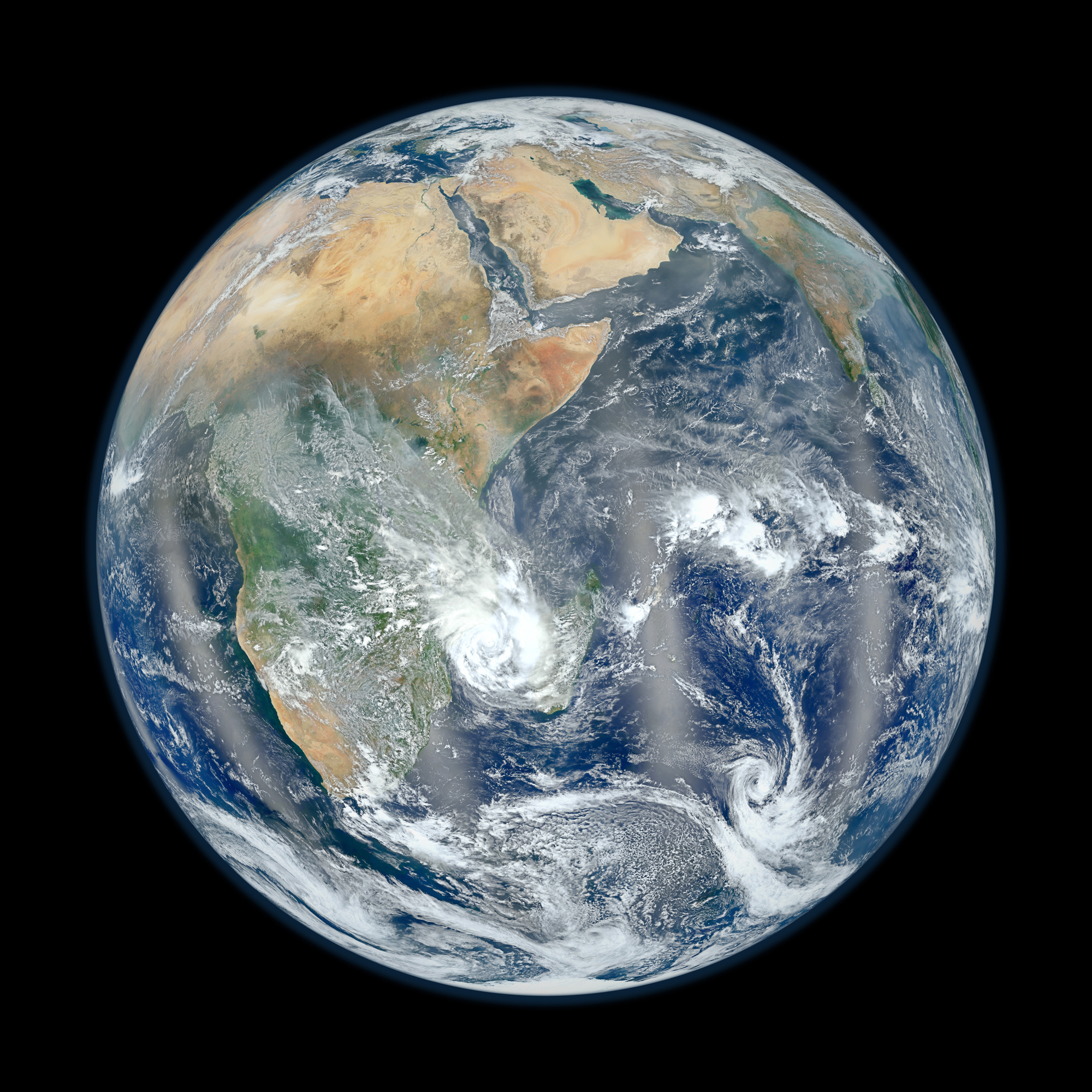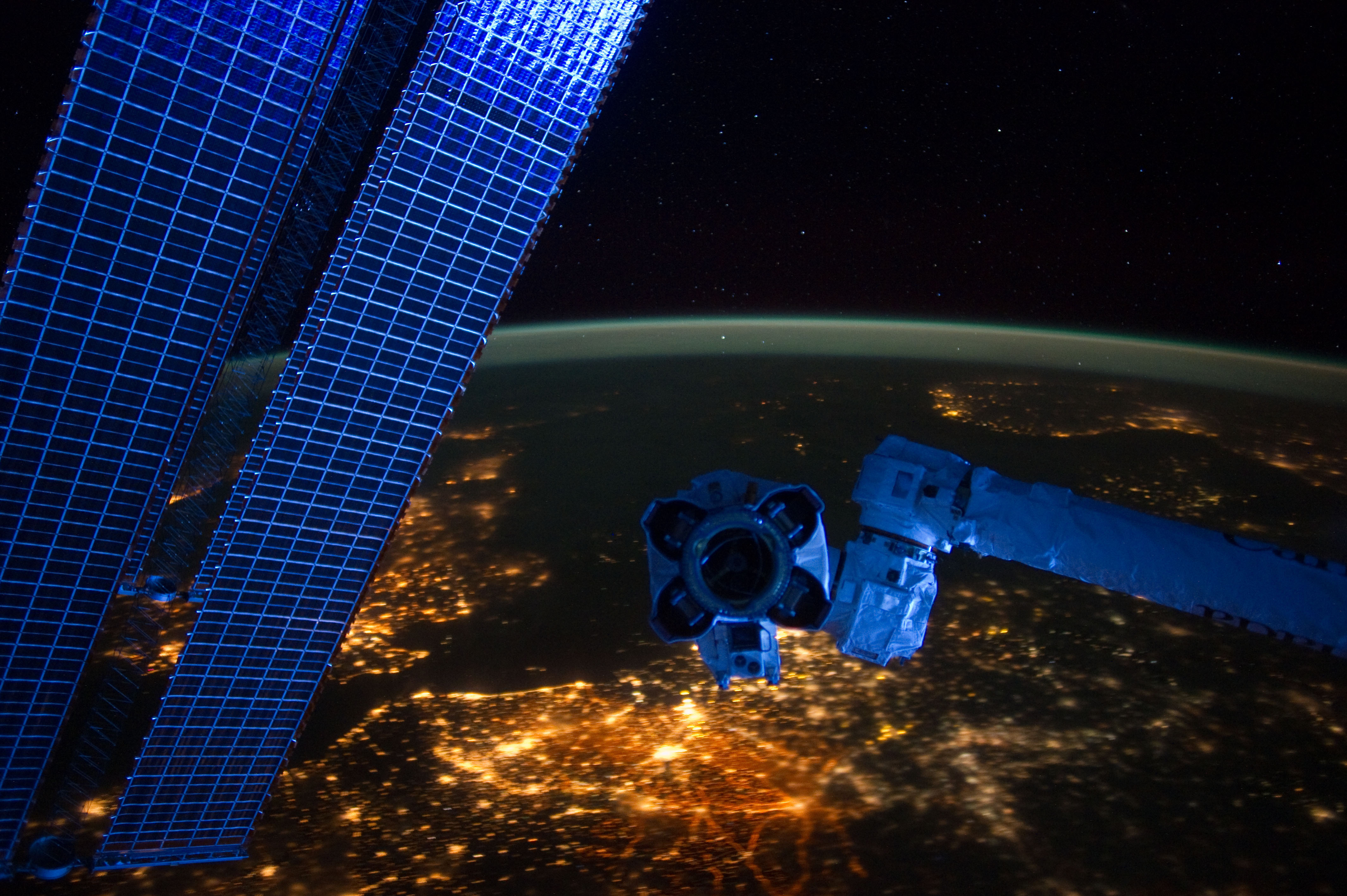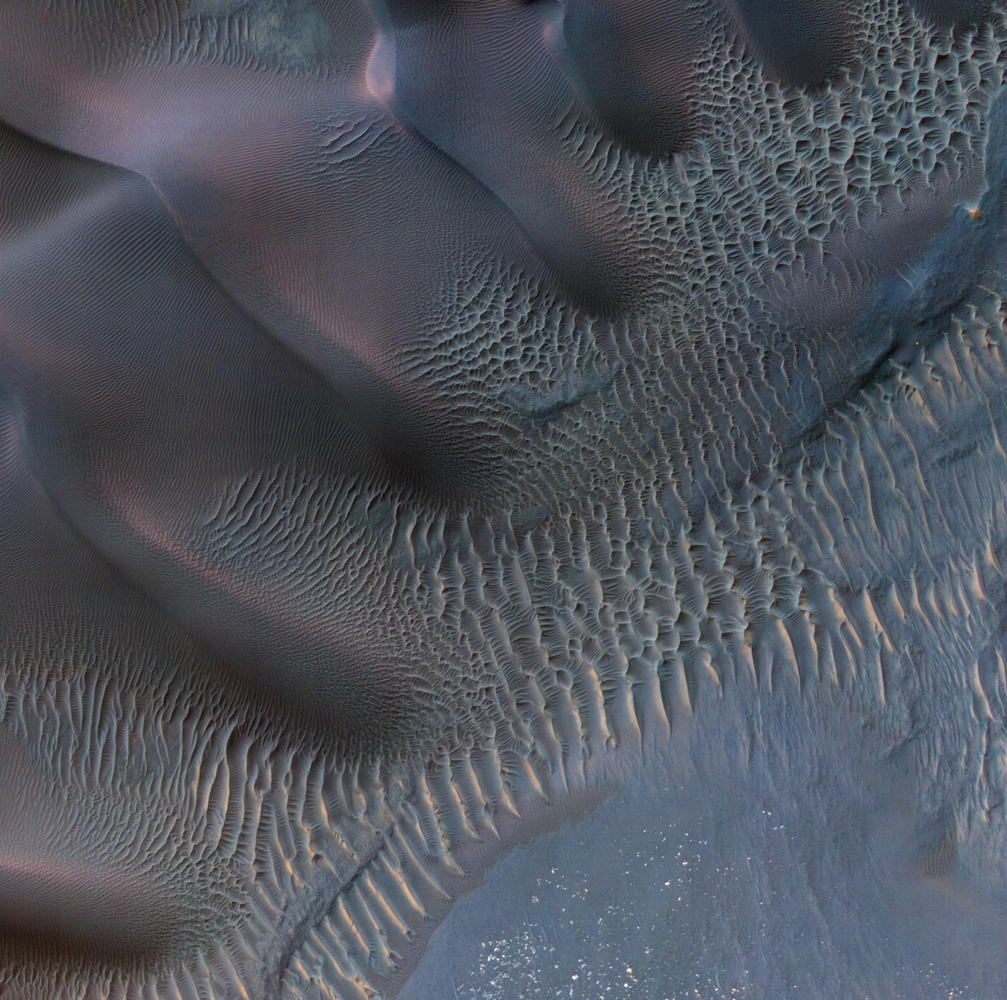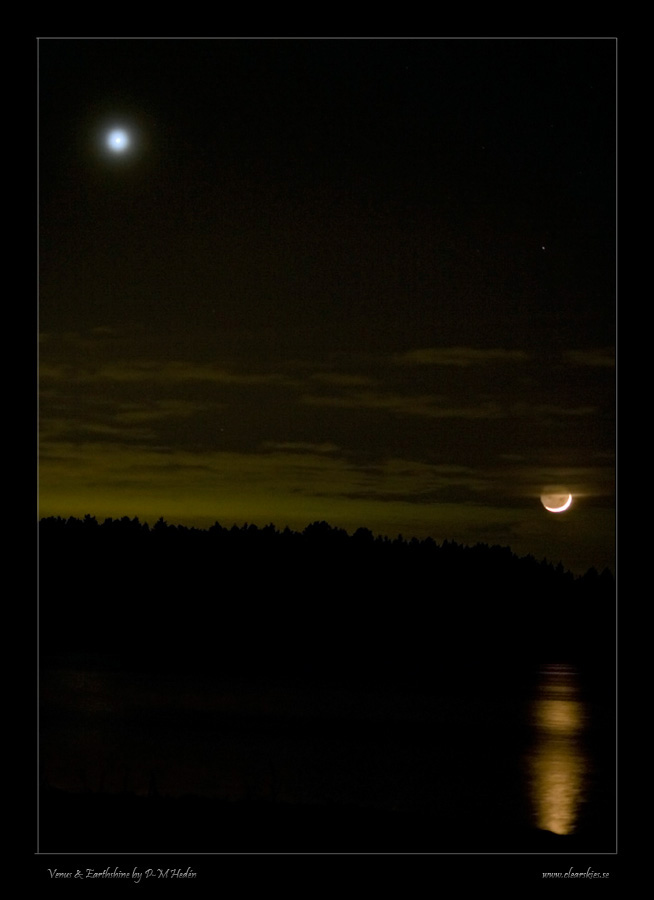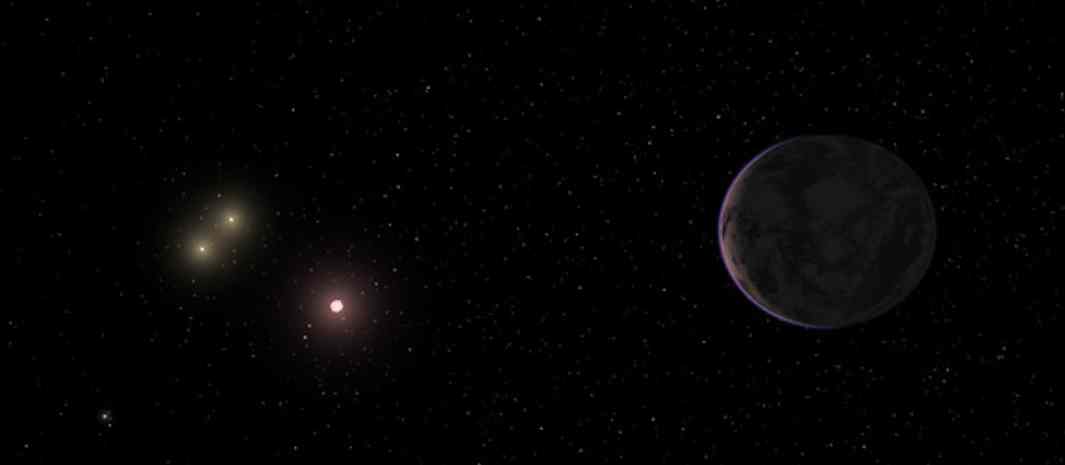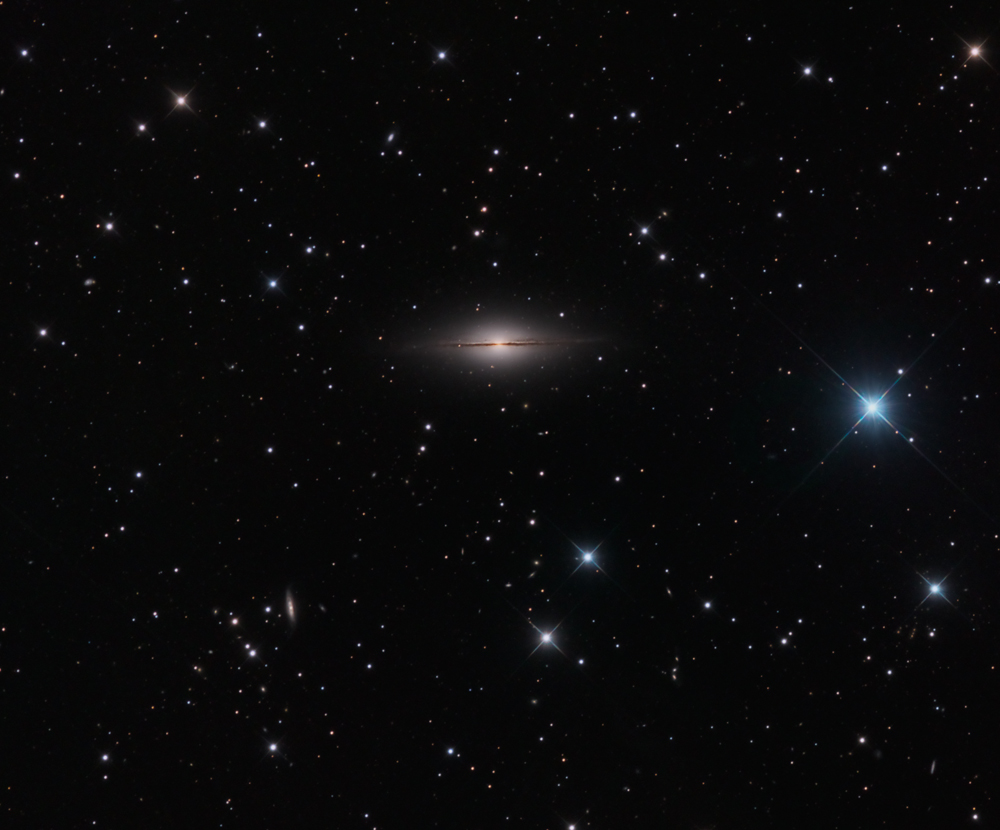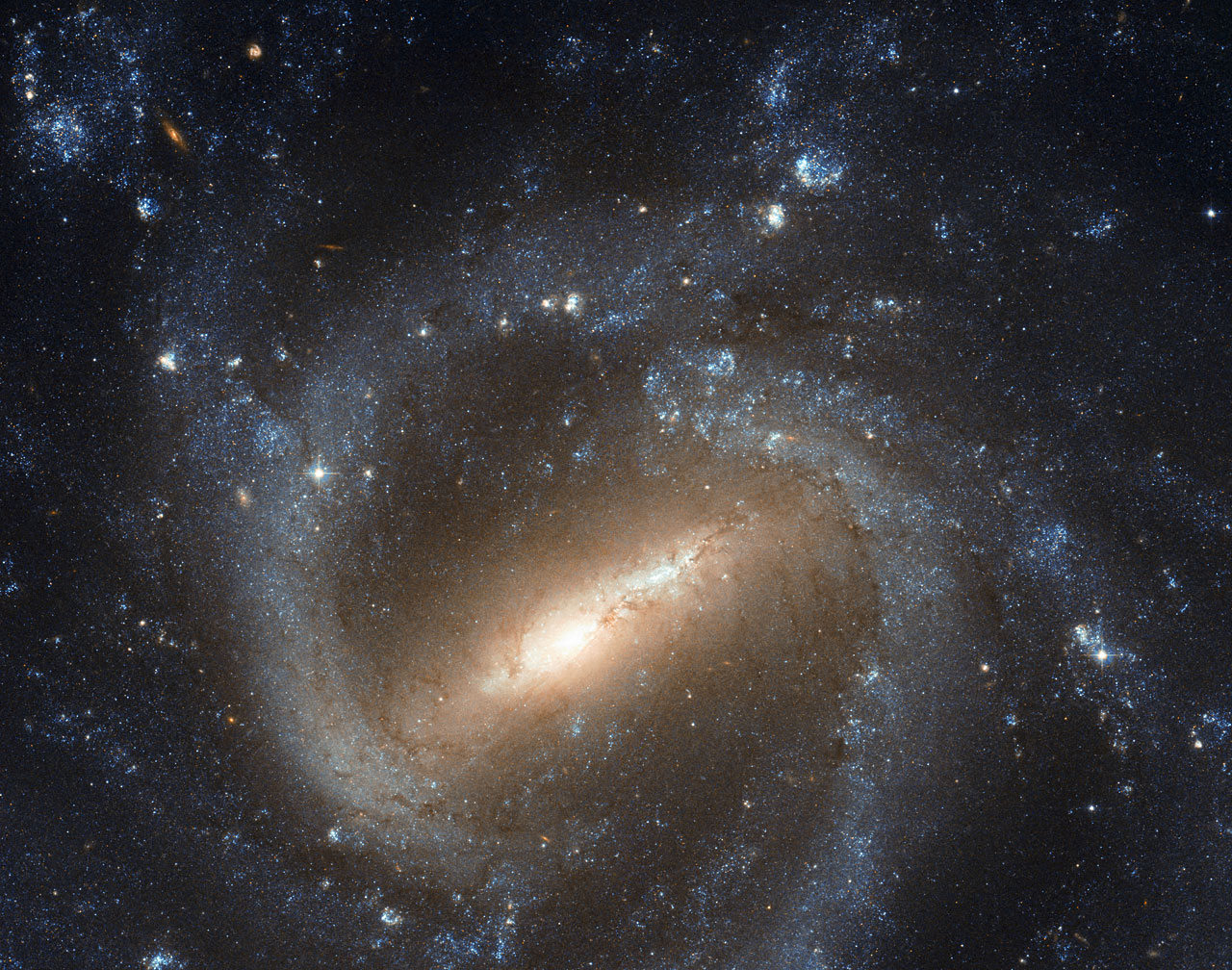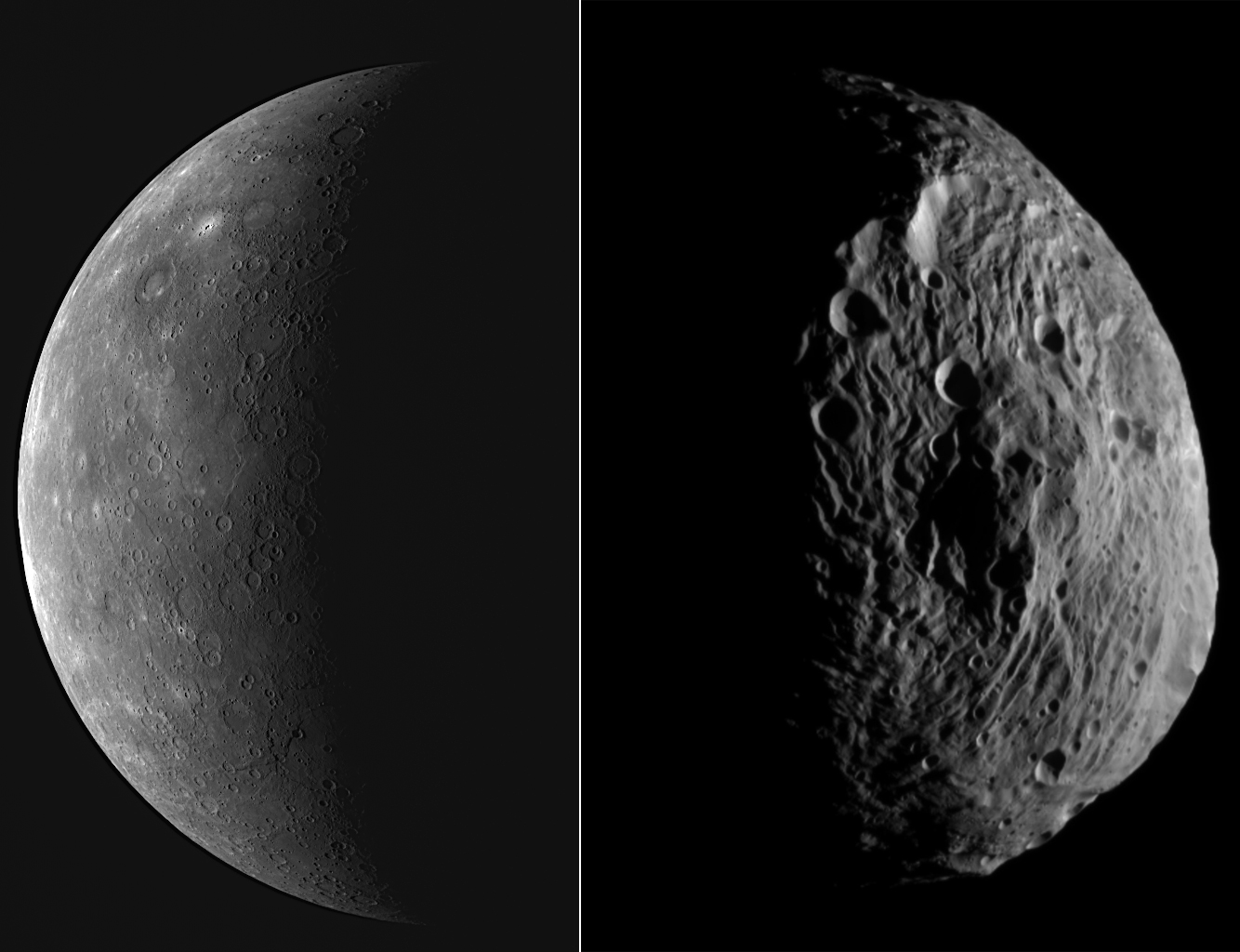Best Space Photos of the Week - Feb. 4, 2012
Marbled Earth, Rolling Dunes on Mars and a Nebula With a Mouth
From a stunning image of our marbled earth to city lights from space, it's been a remarkable week for space photography.
Take a look at the most stunning space photos of the week here.
City Lights at Night: Astronaut's Amazing View from Space
A remarkable nighttime panorama taken from the International Space Station captured a dazzling cobweb of city lights as the orbiting complex flew roughly 240 miles (386 kilometers) overhead. [Full Story]
NEXT: Winds of Mars Transform Sand Dunes Into Art
Winds of Mars Transform Sand Dunes Into Art
Mars may be a harsh and dusty world, but the Red Planet also doubles as a vast canvas for artful Martian winds, a newly released NASA photo reveals. [Full Story]
NEXT: Venus Looks Down: Skywatcher Photo Captures Planet and Earthshine
Venus Looks Down: Skywatcher Photo Captures Planet and Earthshine
One of the brightest objects in the sky, Venus is visible from Earth because it is close to the orbit of the sun. Due to this proximity, Venus is difficult to see against the backdrop of sunlight. [Full Story]
NEXT: Glowing Nebula Looks Like Giant Human Face in New Photo
Glowing Nebula Looks Like Giant Human Face in New Photo
A new view of NGC 3324 shows the intense ultraviolet radiation from several of the nursery’s hot young stars causing the gas clouds to glow with rich colors. [Full Story]
NEXT: NASA Probe Captures 1st Video of Moon's Far Side
NASA Probe Captures 1st Video of Moon's Far Side
A gravity-mapping spacecraft orbiting the moon has beamed home its first video of the lunar far side — a view people on Earth never see. [Full Story]
NEXT: Newfound Alien Planet is Best Candidate Yet to Support Life, Scientists Say
Newfound Alien Planet is Best Candidate Yet to Support Life, Scientists Say
A potentially habitable alien planet — one that scientists say is the best candidate yet to harbor water, and possibly even life, on its surface — has been found around a nearby star. [Full Story]
NEXT: On the Edge: Skywatchers Snap Photo of Slender 'Little Sombrero' Galaxy
Breaking space news, the latest updates on rocket launches, skywatching events and more!
On the Edge: Skywatchers Snap Photo of Slender 'Little Sombrero' Galaxy
The slender beam of light in this photo is the galaxy NGC 7814, which is also known as the "Little Sombrero." This image was taken by astrophotographers Bob and Janice Fera from their observatory in Eagle Ridge, Calif., in October 2011. [Full Story]
NEXT: Hubble Telescope Spies Milky Way Galaxy's Twin
Hubble Telescope Spies Milky Way Galaxy's Twin
An uncanny twin of our own Milky Way galaxy takes center stage in a new cosmic portrait by the Hubble Space Telescope unveiled today (Feb. 3). [Full Story]
NEXT: Earth From Space: The Secret of NASA's Amazing 'Blue Marble' Photos
Earth From Space: The Secret of NASA's Amazing 'Blue Marble' Photos
NASA's newest Earth-watching satellite is beaming back spectacular views of our home planet – huge mosaics of many images stitched together at the highest-resolution yet obtained. But there's a bit of science mojo at work to create the stunning photos. [Full Story]
NEXT: Vesta and Mercury Are All Right Tonight Vesta and Mercury Are All Right Tonight
Vesta and Mercury Are All Right Tonight Vesta and Mercury Are All Right Tonight
Two images displayed together show the fruits of NASA’s labors. In 2011, MESSENGER spacecraft went into orbit around Mercury (left), and Dawn spacecraft orbited main-belt asteroid Vesta (right), sending back the images seen here. Both spacecraft were the first to orbit their respective subjects. MESSENGER and Dawn are missions in NASA's lowest-cost Discovery program. Vesta has a much more irregular shape than Mercury, as a result of Mercury's far larger gravity, which squeezed the planet into a sphere. Mercury possesses a mass about 1300 times greater than that of Vesta. [See all daily space photos]

Space.com is the premier source of space exploration, innovation and astronomy news, chronicling (and celebrating) humanity's ongoing expansion across the final frontier. Originally founded in 1999, Space.com is, and always has been, the passion of writers and editors who are space fans and also trained journalists. Our current news team consists of Editor-in-Chief Tariq Malik; Editor Hanneke Weitering, Senior Space Writer Mike Wall; Senior Writer Meghan Bartels; Senior Writer Chelsea Gohd, Senior Writer Tereza Pultarova and Staff Writer Alexander Cox, focusing on e-commerce. Senior Producer Steve Spaleta oversees our space videos, with Diana Whitcroft as our Social Media Editor.
